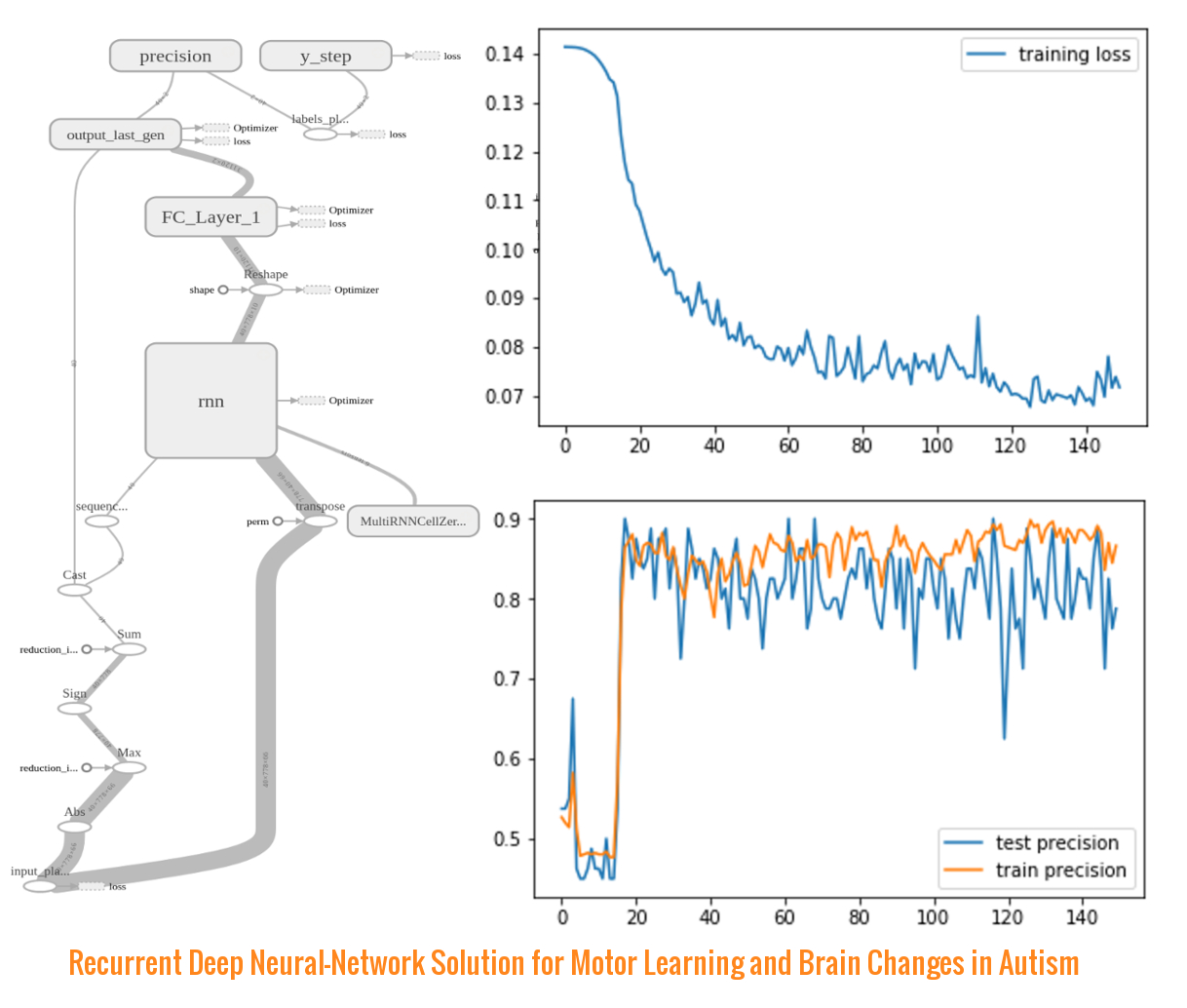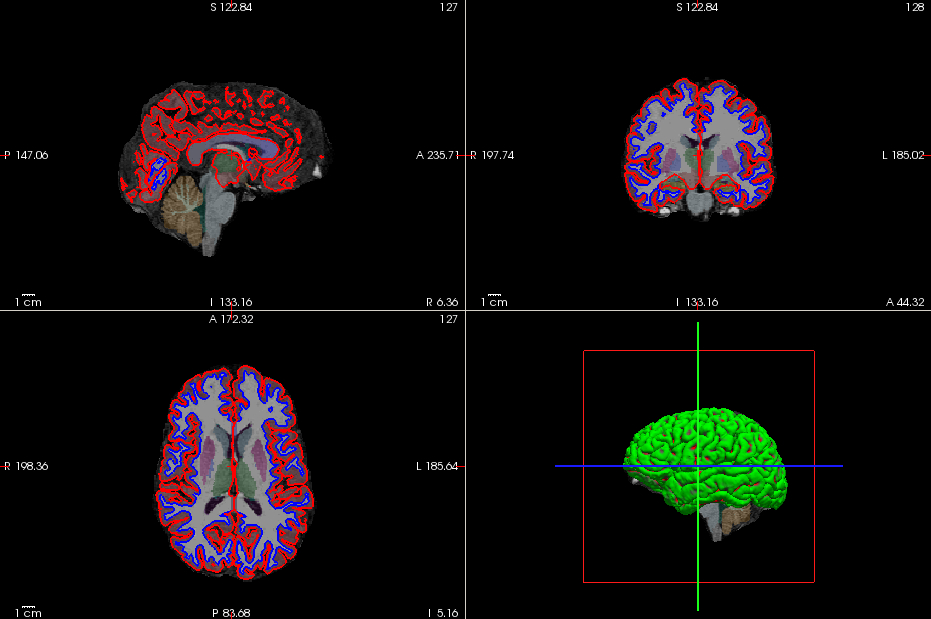- -> Novel clustering and data visualization methods for discovery of ASD personalized therapy.
- -> Propose an architecture based on Deep Recurrent Neural Network for motor-based early ASD (autism spectrum disorder) detection.
- -> Development of physics-based entropy methods in ASD feature discovery, and pattern classification.
This is a study on autism spectrum disorder (ASD). Our experiments use a collection of anonymized clinical time series gathered at Waisman Center of UW-Madison as part of an IRB-approved study. the goal here is to analyze and process massive raw data gathered at Motor Brain and Development Lab. from volunteers. Each data file corresponds to one human subject going through specifically designed procedures or poses. A row in each file records two types of sensory data at a specific time (Timestamp). The first type contains balance board data which records the Subject’s center of gravity with respect to the center of the board. The second type of sensory data is Kinect camera data of subject’s position. This data is generated by processing Kinect’s generated video to indicate specific points on subject's body and track them. Overall the image processing method tracks the cartesian coordinates of 20 points on the subject’s body in XYZ coordinates.
As a data analyst, our job was to first clean the dataset from various noises usually associated with this kind of data. At this point, we have proposed two methods to study this data: First methods is based on physical aspects of the
problem and focuses Entropy as a main feature of the motion data. The second method
is based on our specialized Deep recurrent Neural Network architecture that builds
on a vast amount of work in this context.

